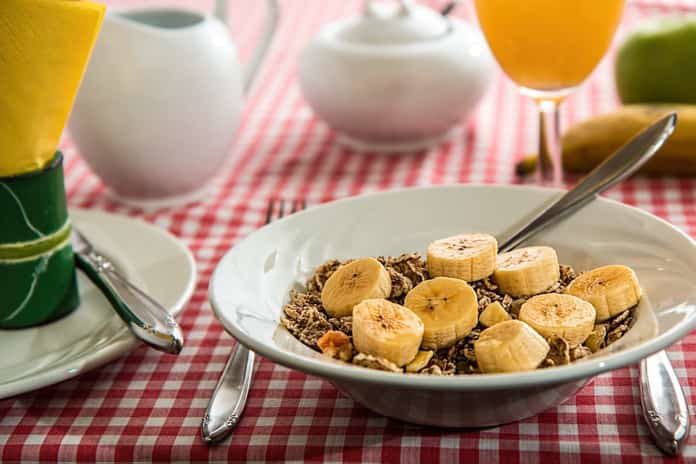A recent update of a 2008 review examined how dietary fiber, whether soluble or insoluble, affects both insulin resistance and type 2 diabetes.
Dietary fiber can be found in whole grains, vegetables, and legumes. It is important in reducing inflammation and it helps an individual feel full faster. Soluble and insoluble fiber are two kinds of dietary fiber that differ in their properties and their implications to type 2 diabetes. Soluble fiber is fermentable and contributes to colon health, as well as reduces the amount of glucose in the blood. Examples of this include fruit, vegetables, and some oats and barley products. Insoluble fiber, commonly found in products derived from corn and wheat, is not fermentable but can decrease insulin resistance. Insulin resistance occurs when one consumes excess sugars which increases body fat and can be indicative of type 2 diabetes. As soluble and insoluble fibers have different characteristics, researchers investigated their effects on insulin resistance and type 2 diabetes and summarized the available research in a recent article published in the Journal of Nutrition.
Effects of Fiber on Glycemic Index
The glycemic index is a system of measuring foods depending on their effect on blood sugar levels. Following a meal, the ability to form gel and the viscosity inherent to soluble fibers allows them to prevent or attenuate carbohydrate absorption, thereby reducing the glycemic index. This effect is not observed with insoluble fibers. Insulin resistance has been shown to vary depending on the consumption of a high versus a low glycemic index diet in animal studies. It is difficult however, in humans to accurately ascertain whether the effects on insulin resistance are due to the glycemic index of the food or the fiber content of the food.
Effects of Fiber on Short-Chain Fatty Acids
Short-chain fatty acids contribute to a healthy colon by regulating the kinds and quantities of flora, as well as reducing the amount of glucose released from the liver. Although varying in properties, soluble and insoluble fibers influence short-chain fatty acids in the colon with similar positive effects on insulin resistance. In studies where mice were fed soluble or insoluble fibers for 20 weeks, the beneficial effects of soluble fibers on insulin resistance did not last, and when fed the same soluble fibers for 45 weeks, the mice became obese. Conversely, feeding mice with insoluble fibers for 45 weeks led to a decrease in insulin resistance and increase in the expression of genes involved in fatty acid metabolism.
Effects of Fiber on Dietary Protein
High-protein diets are consumed to make one feel full faster and contribute to weight loss but may have negative effects on insulin and diabetes. Weight loss independently reduces insulin resistance but has been shown to diminish this effect when combined with a high-protein diet, specifically high-protein diets with a high content of animal protein. When high-protein diets are consumed with high amounts of plant protein, any increases in the risk of type 2 diabetes are reduced greatly due the high contents of soluble dietary fiber in plants. Interestingly, insoluble fibers have been shown to have a protective effect on insulin resistance as well. In one particular study, the participants with diets that were high in insoluble fiber had lower insulin resistance than those who ate high protein diets sourced mostly from plants. Typically, high-protein diets result in increases in the nitrogen to creatinine ratio in the urine, but when insoluble fibers were consumed, these biomarkers were not present at all. This suggests that insoluble fiber may improve insulin resistance by hindering dietary protein absorption.
Fiber in Grains May Significantly Reduce Diabetes Risk
The research indicates that the insoluble dietary fiber found in grains may significantly reduce the risk of diabetes. There is a lack of compelling evidence, however, that the soluble dietary fiber typically found in fruits and vegetables provides the same protective effect. More research is needed to understand the link between insoluble dietary fiber and protein absorption. With conflicting evidence and a lack of human studies, more research is needed to clarify the mechanisms by which soluble and insoluble dietary fibers improve insulin resistance and reduce type 2 diabetes risk in humans.
Written by Monica Naatey-Ahumah, BSc
Reference: Weickert, M.O., and Pfeiffer, A. (2018). Impact of Dietary Fiber Consumption on Insulin Resistance and the Prevention of Type 2 Diabetes. The Journal of Nutrition, 148(1). https://doi.org/10.1093/jn/nxx008.



